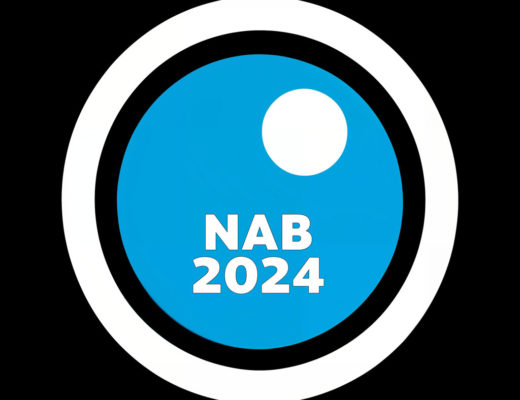FUMSI – From Sumo to Samurai: getting your taxonomies fighting fit: Part 1.
Taxonomies
The word ‘taxonomy’ has now entered into common business parlance and has, as is the way with these things, adopted a more simplified and generic definition. It pretty much describes any kind of controlled vocabulary regardless of hierarchical structure.
In this two-part article I really only take issue with the portly taxonomies that are still very much de rigueur in our organisations: large multi-level taxonomies with numerous branches that, when visualised, often look like our Windows Explorer folder structures or ‘file plans’. As a good friend of mine likes to point out: ‘Left to their own devices users, faced with extremely large collections and no help from skilled and experienced information professionals, will start making hierarchies of folders, be they made of cardboard, or be they made purely of electrons’.
How did we get here?
It’s not our fault (no but really, it’s not). We live with the reality every day. The reality of paper: the physical documents on our desks and on shelves, in folders and in filing cabinets. It is a constant reminder that physical things can’t be in more than one place at a time (well, unless you like to keep multiples of things). As David Weinberger’s great book “Everything is Miscellaneous” reminds us: the digital world isn’t like that. ‘Instead of having to be the same way for all people, it can instantly rearrange itself for each person and each person’s current task’.
It’s hereditary too. We have inherited the organisational tools and systems from this ‘one document: one space’ reality. Hierarchical taxonomies and folder structures are not just used because that’s what people know, but because the majority of tools we have to hand support them, and not facets. The file plan, after all, is easy to create in Windows Explorer. Everyone can do it, no extra software is required. And now we have document and web content management systems and intranet directories that make the mistake of thinking the file plan/filing cabinet metaphor is the best way of organising and finding our digital documents.
Continues @ http://web.fumsi.com/go/article/manage/4653
Related articles by Zemanta
- 8 Things You Need to Know About How Taxonomy Can Improve Search (digitalassetmanagement.org.uk)
- The Accidental Taxonomist (digitalassetmanagement.org.uk)
- SharePoint Taxonomy Fairy Dust (arnoldit.com)

Filmtools
Filmmakers go-to destination for pre-production, production & post production equipment!
Shop Now















